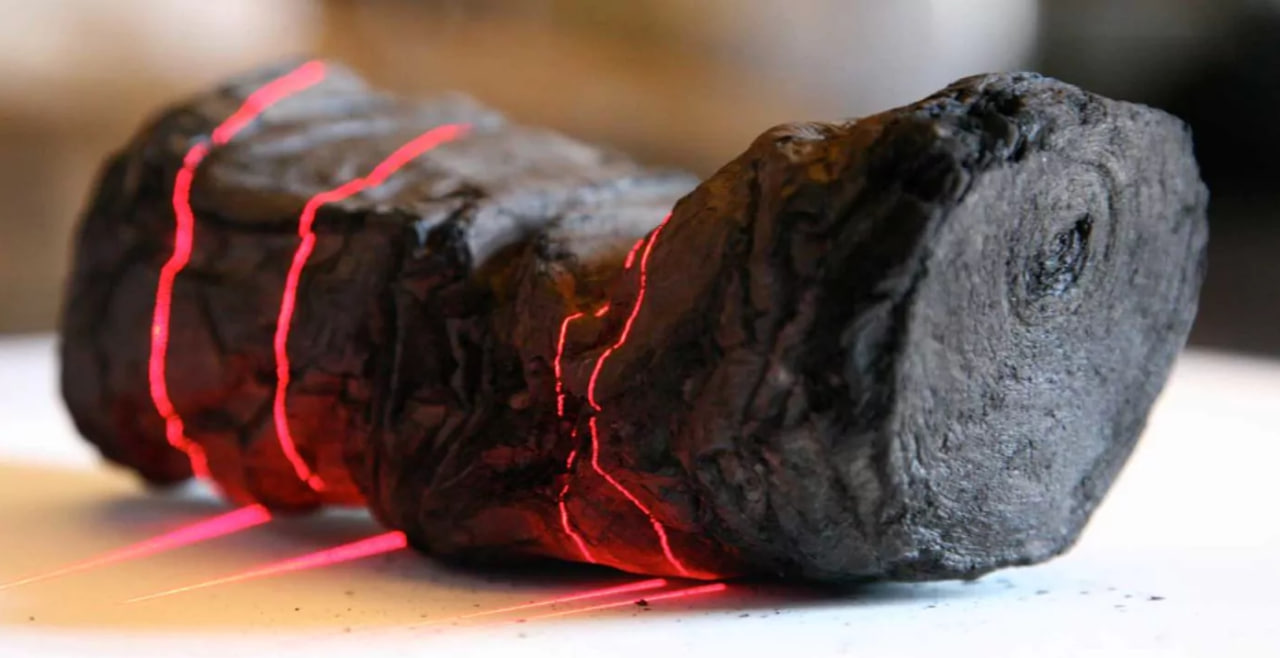The world of robot workers is evolving, and the future of robot jobs lies in soft robotics. However, to unlock their full potential, soft robotic devices need more than just rigid electronic components encased in soft rubber. A groundbreaking development from Carnegie Mellon University might just be the answer: a new material that is soft, self-healing, and electrically conductive.
This innovative material, developed by a team of scientists led by Professor Carmel Majidi, consists of a gelatin base of polyvinyl alcohol and sodium borate. Silver microparticles and gallium-based liquid metal droplets are embedded within the base, and ethylene glycol is added to prevent drying. This combination results in a material that not only conducts electric current but can also be stretched by 400% without breaking, making it ideal for robot jobs that require adaptability.
One of the most remarkable features of this material is its ability to self-heal. If a piece of material is cut into two parts, it can be mechanically and electrically connected back together. This self-healing property opens up new possibilities for robot workers, allowing them to recover from damage and continue performing robot jobs without costly repairs or downtime.
During testing, the material demonstrated its potential for robot jobs in various applications. A strip of the material was used to connect a battery to a motor on the outside of a soft-bodied snail robot. When the strip was cut, the snail's speed dropped significantly. However, after the ends "healed," the speed increased to 68% of the original, showcasing the material's potential for robot workers in overcoming damage.
In another test, two strips of gel were used to transmit electric current to a toy car's motor. The scientists then cut parts from the middle of both strips, connected the cut ends to resume powering the motor, and used the two cut parts to power an LED on the car's roof. This adaptability highlights the material's suitability for robot jobs that require versatility and resourcefulness.
The potential applications for this self-healing, conductive material extend beyond robot workers. In one experiment, small pieces of material were used instead of traditional rigid electrodes to obtain electromyography (EMG) readings from various parts of a volunteer's body. This innovation could lead to advancements in biomonitoring and healthcare, with soft robotics playing a crucial role.
Professor Majidi envisions a future where soft-bodied robots equipped with this material can monitor hard-to-reach places, such as a snail monitoring water quality or a slug searching for mold in homes. As the world of robot jobs continues to evolve, this self-healing, electrically conductive material could be a game-changer for robot workers and the industries they serve.
So, are you ready to hire a robot worker that can adapt, heal, and revolutionize your business? Join the soft robotics revolution and embrace the future of robot jobs with this groundbreaking material.


















